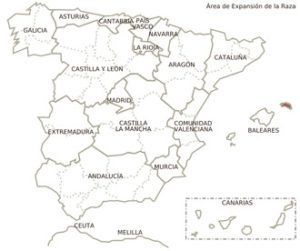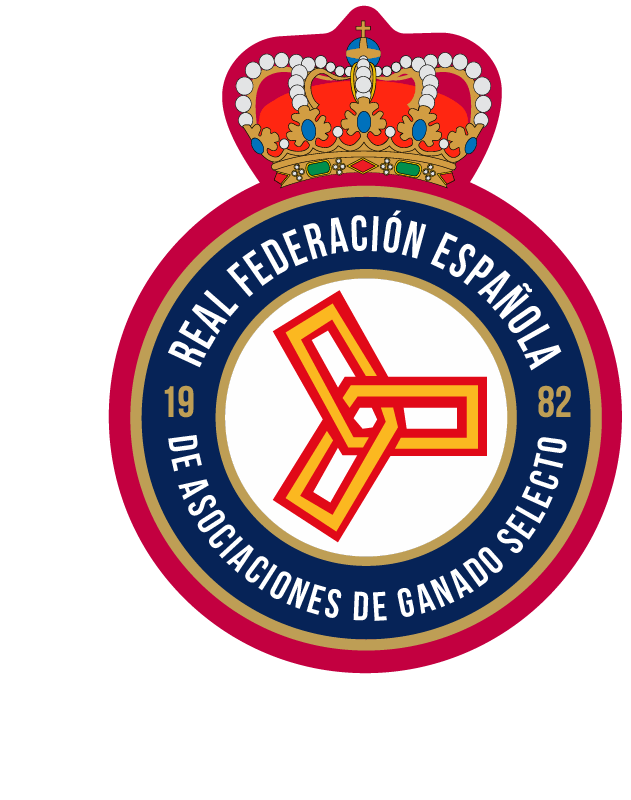Photo by: Rene Van Bakel and Carina Maiwald.
GENERAL CHARACTERISTICS
The Menorquina Purebred Horse is mainly characterised by its uniform black coat, although small white marks on the head and limbs are permitted, subject to elimination criteria.
It is an eumetric horse with a subconvex to straight profile, with thin and elongated limbs, and with correct aplomb both in the forelegs and hindquarters. Its conformation is strong and resistant, the females being slenderer than the males, with a more elongated head and body, with a thinner and longer neck, and a squarer croup.
The minimum accepted height at the withers is 1.54 m for males and 1.51 m for females.
Through this link you can consult the current breeding prototype for this breed.
They are horses easy and comfortable to ride, hardy and well adapted to rough tracks. Their docile character and the positive qualities of their gaits have allowed their rapid incorporation into the sporting world, as examples for Menorquina Dressage and Classical Dressage, in which they stand out for their results compared to other Iberian breeds in competitions at national level. They are also used for Show Jumping and Driving.
It is also worth mentioning the great relationship that the breed has with Menorca’s popular culture, being the main protagonist of all the island’s popular festivals. This important link, so closely linked to its functional use, has allowed the maintenance in the environment and the constant selection of this population until the official approval of its Improvement Programme.
PRODUCTIVE CHARACTERISTICS AND EXPLOITATION SYSTEMS
The Breed has a Breeding Programme aimed at the conservation and selection of the population, which seeks to select the best breeders according to their morpho-functional characteristics and their performance for the disciplines of Dressage and Menorquina Dressage, without losing sight of the maintenance of the genetic variability existing in the current population.
They are kept in a mixed system of stabling and grazing, generally in small farms of one or two mares, although there are also large herds throughout Europe. Stabling is continuous for the males, with periods of training or work and free grazing. Females are housed in stone enclosures, where they spend most of the year in freedom with their foals.
Females are fed by grazing using natural resources, being supplemented during gestation and lactation, if grass is scarce. Males are fed according to their needs and work.
Geographical distribution
The breed is mainly located on the island of Menorca. Although there are also important groups in other Autonomous Communities, mainly Catalonia and the Valencian Community. There are also breeding groups in other European countries such as France, Italy, Germany, Switzerland, and Holland, which shows the beginning of the expansion of the breed in recent years due to its great versatility and its suitability to the needs of the rider.

Photos by: M. Lavoyer, Carina Maiwald, Benoit Tapie and Rene Van Bakel
INFORMATION
(+34) 971 48 09 16
cavallmenorca@gmail.com
Edificio Sa Roqueta C/ Bijuters, 36 Bajos 07760 Ciutadella de Menorca Illes Balears
 Tell us about your characteristics and needs so that we can offer you the solution that best suits your context. Contact us if you have any clarifications or suggestions for products or services that you need.
Tell us about your characteristics and needs so that we can offer you the solution that best suits your context. Contact us if you have any clarifications or suggestions for products or services that you need.Presupuesto total: 543.404,60 euros. Cofinanciado UE al 80% por el Fondo Europeo Agrícola de Desarrollo Rural- FEADER y al 20% por el MAPA. La Dirección General de Desarrollo Rural, Innovación y Formación Agroalimetnaria (DGDRIFA) es la autoridad de gestión encargada de la aplicación de la ayuda FEADER y nacional correspondiente.
https://ec.europa.eu/info/eu-
Creación de una base y estructura de comercialización e internacionalización de material genético de razas puras españolas mediante análisis de la situación actual y elaboración de plan estratégico para la exportación. El objetivo es desarrollar un análisis estratégico de la internacionalización y desarrollo de estructura y protocolos de comercialización del material genético según demanda y requisitos de países objetivos para las razas participantes del proyecto y para el conjunto de la cabaña ganadera España. Organismo responsable de contenido: miembros del GO EXPORTGEN.
 Tell us about your characteristics and needs so that we can offer you the solution that best suits your context. Contact us if you have any clarifications or suggestions for products or services that you need.
Tell us about your characteristics and needs so that we can offer you the solution that best suits your context. Contact us if you have any clarifications or suggestions for products or services that you need.
Presupuesto total: 543.404,60 euros. Cofinanciado UE al 80% por el Fondo Europeo Agrícola de Desarrollo Rural- FEADER y al 20% por el MAPA. La Dirección General de Desarrollo Rural, Innovación y Formación Agroalimetnaria (DGDRIFA) es la autoridad de gestión encargada de la aplicación de la ayuda FEADER y nacional correspondiente.
https://ec.europa.eu/info/eu-
Creación de una base y estructura de comercialización e internacionalización de material genético de razas puras españolas mediante análisis de la situación actual y elaboración de plan estratégico para la exportación. El objetivo es desarrollar un análisis estratégico de la internacionalización y desarrollo de estructura y protocolos de comercialización del material genético según demanda y requisitos de países objetivos para las razas participantes del proyecto y para el conjunto de la cabaña ganadera España. Organismo responsable de contenido: miembros del GO EXPORTGEN.









